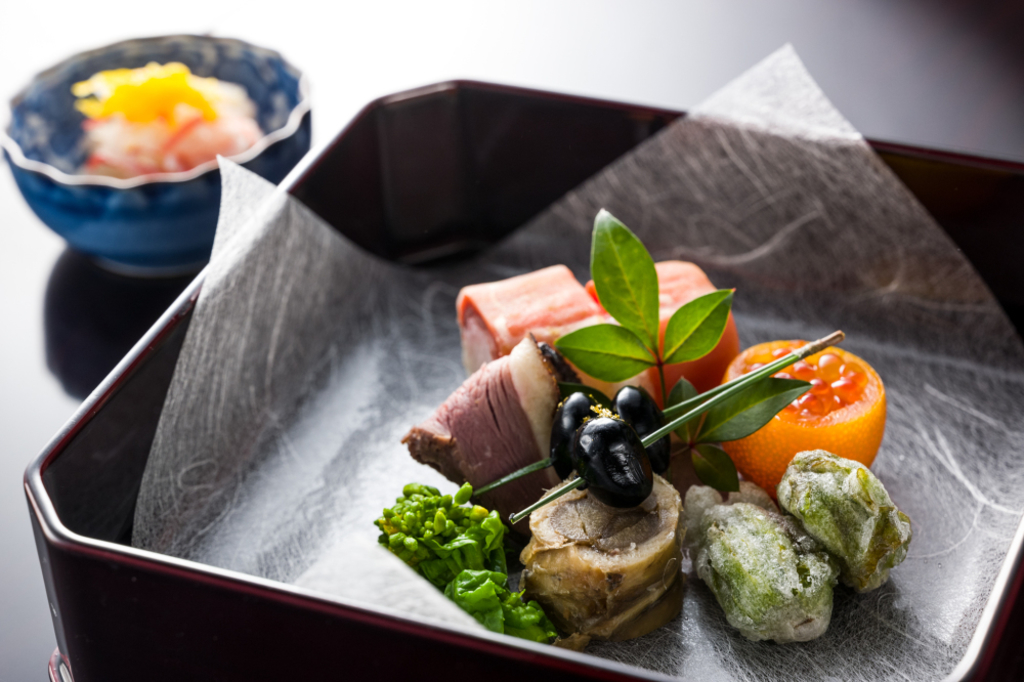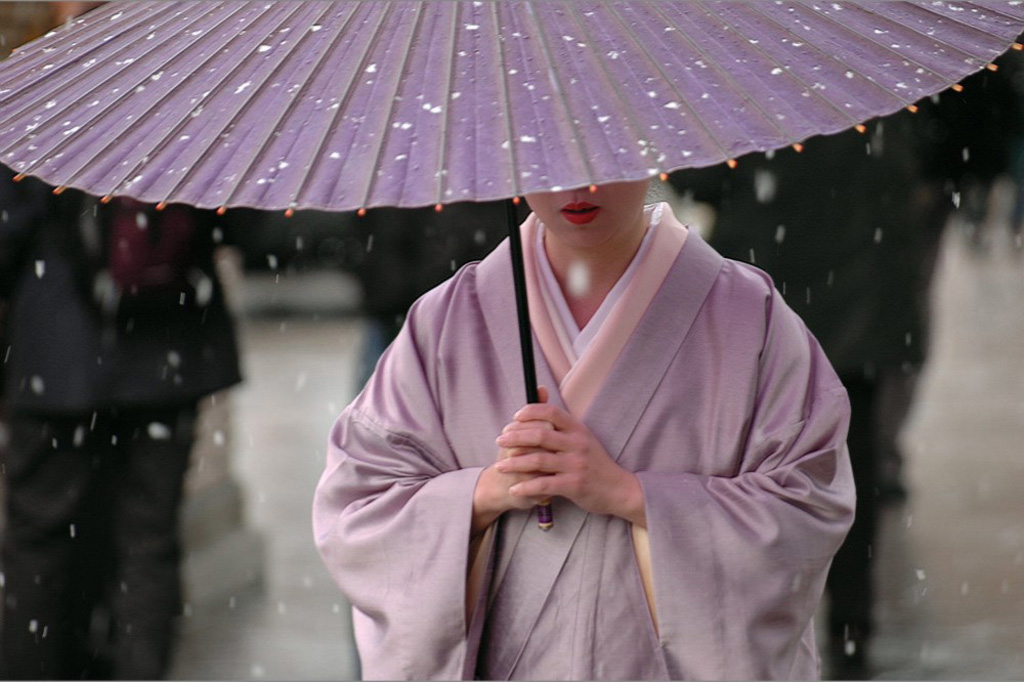See & Do
Kyoto Confidential
See & Do
Kyoto Confidential
Scott Haas earned his Ph.D in Clinical Psychology from the University of Detroit in 1983. He is the author of the book and Boston Globe’s bestseller “Are We There Yet?” a book about global family traveling. He is also the author of “Hearing Voices” and co-author of The Da Silvano Cookbook. Scott was the producer, writer and on air talent for the National Public Radio affiliate in Boston, WBUR, where he reported for the noon show “Here and Now.” On the show he interviewed chefs, farmers, fisherman and restaurateurs. For this he won the James Beard award for Best Radio Host in 2004. Scott has written many feature pieces for such publications as Gourmet, The Boston Globe, Wine Enthusiast, Gastronomica and many more.
Kyoto is Japan’s most manageable city, one of the world’s greatest walking cities, and perfect for biking, too. It’s laid out on a grid so getting lost is a choice rather than an inevitability. Walk, rent bicycles, or even take public transportation, which is reliable, clean, and efficient. Many people understand English. Don’t be surprised if people in Kyoto come up to you in markets or in bars and strike up a conversation. The city’s ancient temples are beautiful and evocative and their carefully laid out compounds seem to have been designed by the gods themselves. But after the spiritual journey is over, what’s next you wonder?
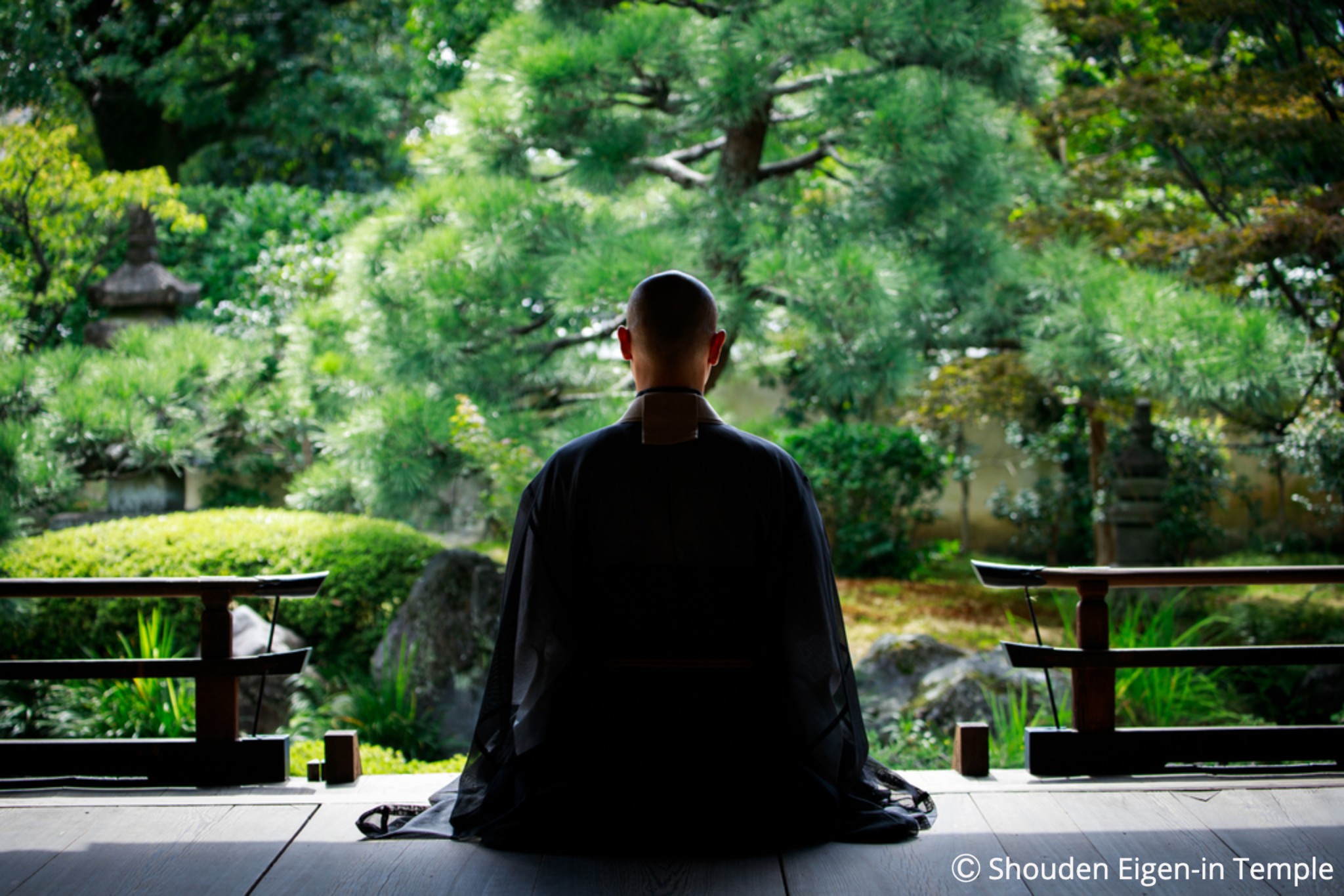
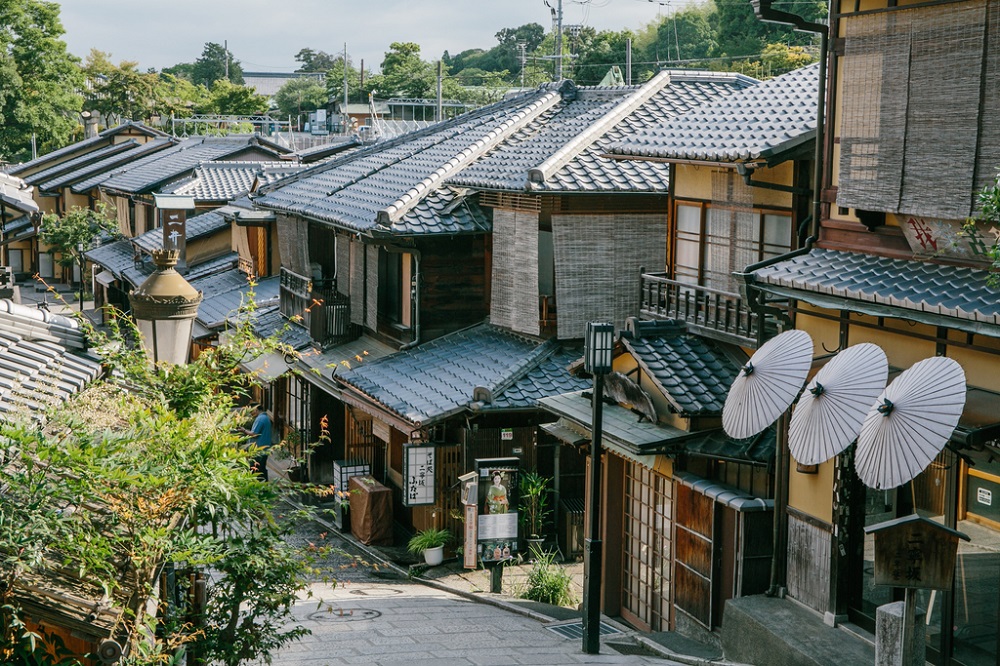
Other than that, Kyoto is worth your time and repeat visits. It’s one of the most beautiful cities on earth with long, lovely streets lining canals, ancient architecture set alongside the modern, a beautiful river that has good cafes and bars and restaurants lining its banks, views of the hills and mountains, people who are reserved but unpretentious, and a range of possibilities for dining that won’t set you back financially.
Stay Amongst History
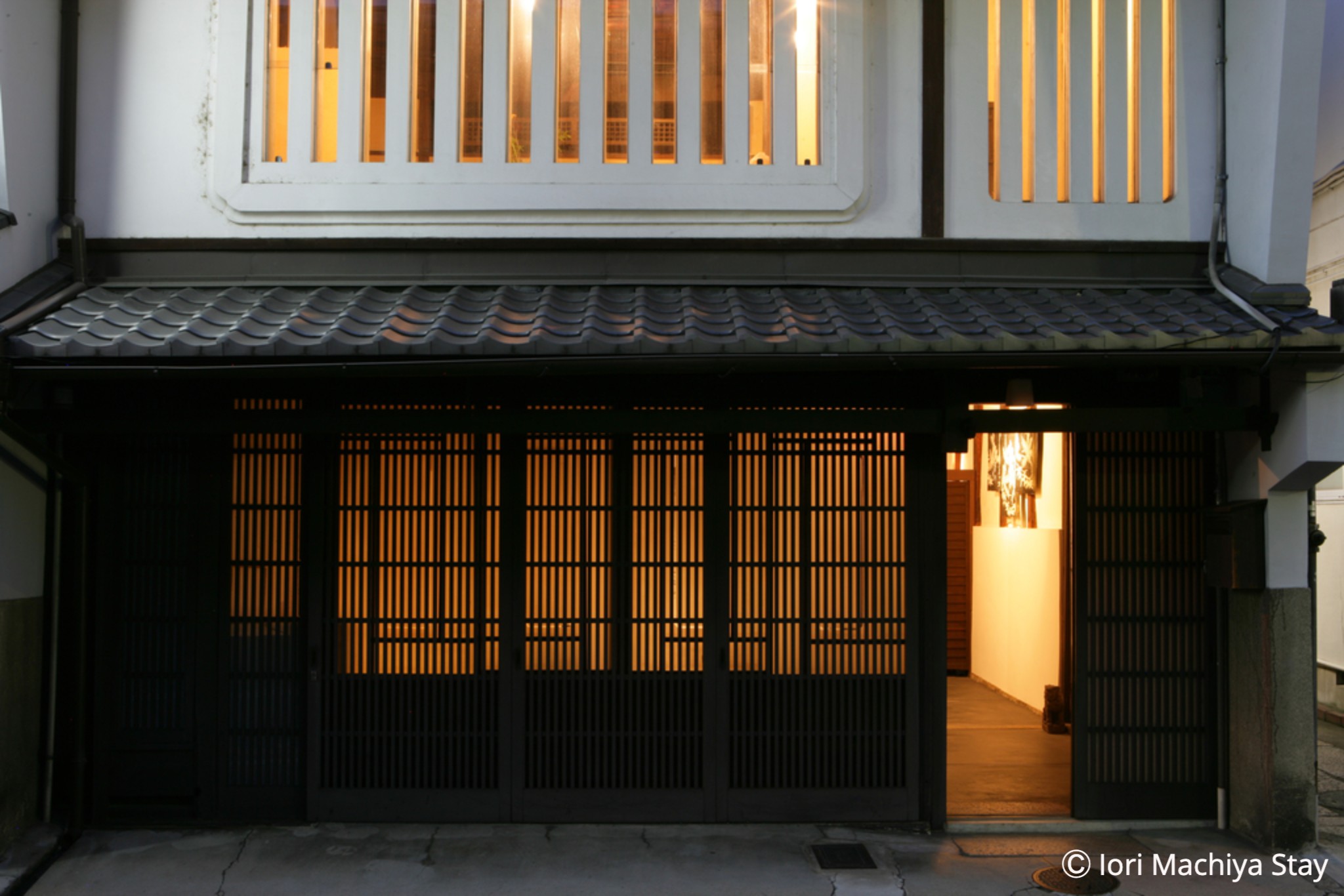
Whether Chopsticks or Fork & Knife, You Won’t Leave Hungry
Whether it is high-end, elegant kaiseki at three star Michelin restaurants helmed by world-famous chefs, grilled Japanese beef, yakitori, udon, ramen, anago, hamo, unagi, or tonkatsu, the array of what’s on the plate is remarkable. Or, should you wish to have Western food or the cuisines of other Asian countries, Kyoto offers, without exaggeration, some of the best pizza, pasta, baguettes, curries, halal, and Chinese food on the globe.
Throughout the city, three-star Michelin dining, vetted by culinary experts, offer meals that are so memorable as to have the potential to become cultural memories of a trip to Japan.
